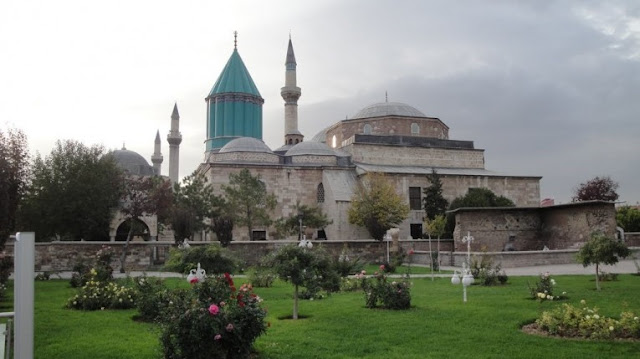ALBERT CAMUS (1913–60) Algeria/France; Of Nobel Prize winners in literature only >> Rudyard Kipling was younger than Camus was when he received the award in 1957.
According to the judges, he received the prize for work which ‘illuminates the problems of the human conscience in our times’. This work ranges from The Plague, a novel set in a quarantined North African town, and The Fall,
the record of one man’s disillusionment with the life he had been leading, to plays and philosophical essays such as The Rebel and The Myth of Sisyphus.
His best known and most widely read book, however, is The Outsider, sometimes translated, more accurately, as The Stranger. Set in Algeria, the country in which Camus grew up, the novel focuses on the alienated figure of Meursault. At the beginning of the novel he has just received word of his mother’s death: (‘Mother died today. Or yesterday maybe, I don’t know’ are the famous opening lines which establish very concisely Meursault’s detachment from everyday emotions) and he is about to travel to her funeral.
The narrative follows the next few days in Meursault’s life, culminating in his shooting of a man on a heat-ravaged beach. As the law moves into action to deal with Meursault’s crime, attention focuses as much on his apparent indifference to his mother’s death and on his unsettling beliefs about the essential meaninglessness of life as on the murder he committed.
Albert Camus died in a car crash three years after becoming a Nobel Laureate. The legacy he left consists of the writings, both fictional and non-fictional, in which he presents his vision of an absurd universe where man can only assert his freedom and individuality by coming to recognize that rationality and meaning in life are unattainable goals. Of these writings, The Outsider continues to be the most accessible and the most rewarding for readers.
Film version
Lo Straniero (directed by Luchino Visconti, with Marcello Mastroianni as Meursault, 1967)
Read on
The Fall; The Plague Saul Bellow, The Victim; André Gide, The Immoralist; >> Victor Hugo, The Last Day of a Man Condemned to Death; Jean Paul Sartre, Nausea

























